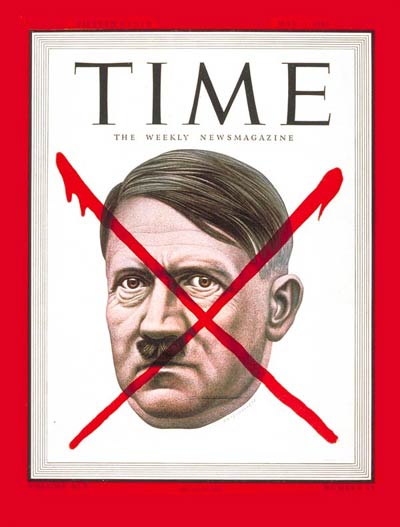
It wasn’t immediately clear what had happened on April 30, 1945. This much the world knew: Adolf Hitler was gone, one way or another.
The week after, TIME ran a list of his “many deaths,” the theories of his survival or defeat. Some said he had actually been killed the year before. Some said he was on his way to Japan. One captured Nazi actually got it right, telling the world that Hitler, along with his wife, had committed suicide. By that July, TIME had an account, from his one-time chauffeur, of how the bodies had been removed from the underground bunker and burned; the cause of death was a bullet to the head, the chauffeur said. However, the Russian authorities who were conducting the investigation insisted that there had still been no concrete evidence of his death, that Hitler might still be alive out there somewhere. Decades later, in 1968, a book published by a former Soviet intelligence officer attested that the Russians had found the body and done an autopsy, confirming his identity with dental records and showing that the real cause of death was cyanide.
But, back in 1945, as May began and the end of war in Europe was finally certain, as Allied troops liberated the suffering remnants of the people who had been the dictator’s targets, as his followers cast about for someone to blame — back then, in many ways, the details of what had happened didn’t really matter. It was enough to know that it was over.
In honor of that end, that week was the occasion for TIME’s iconic crossed-out Hitler cover — the first instance of a motif that has been repeated for other historic villains, like Osama bin Laden — and a meditation on his life, how he came to power and what the world would be like now that he was out of it:
…Adolf Hitler had been buried, dead or alive, in the rubble of his collapsing Third Reich. Whether or not he had suffered a cerebral hemorrhage (as reported from Stockholm), or had “fallen in his command post at the Reich chancellery” (as reported by the Hamburg radio, which said that he had been succeeded as Führer by Grand Admiral Karl Doenitz), or was a prisoner of Gestapo Chief Heinrich Himmler, Adolf Hitler as a political force had been expunged. If he were indeed dead, the hope of most of mankind had been realized. For seldom had so many millions of people hoped so implacably for the death of one man.
If they had been as malign as he in their vengefulness, they might better have hoped that he would live on yet a little while. For no death they could devise for him could be as cruel as must have been Hitler’s eleventh-hour thoughts on the completeness of his failure. His total war against non-German mankind was ending in total defeat. Around him, the Third Reich, which was to last 1,000 years, sank to embers as the flames fused over its gutted cities. The historic crash of what had been Europe’s most formidable state was audible in the shrieks of dying men and the point-blank artillery fire against its buckling buildings.
All that was certain to remain after 1,000 years was the all but incredible story of the demonic little man who rose through the grating of a gutter to make himself absolute master of most of Europe and to change the history of the world more decisively than any other 20th-century man but Lenin. Seldom in human history, never in modern times, had a man so insignificantly monstrous become the absolute head of a great nation. It was impossible to dismiss him as a mountebank, a paper hanger. The suffering and desolation that he wrought was beyond human power or fortitude to compute. The bodies of his victims were heaped across Europe from Stalingrad to London. The ruin in terms of human lives was forever incalculable. It had required a coalition of the whole world to destroy the power his political inspiration had contrived.
Read the full story, here in the TIME Vault: The Betrayer
After the Fall: Photos of Hitler's Bunker and the Ruins of Berlin

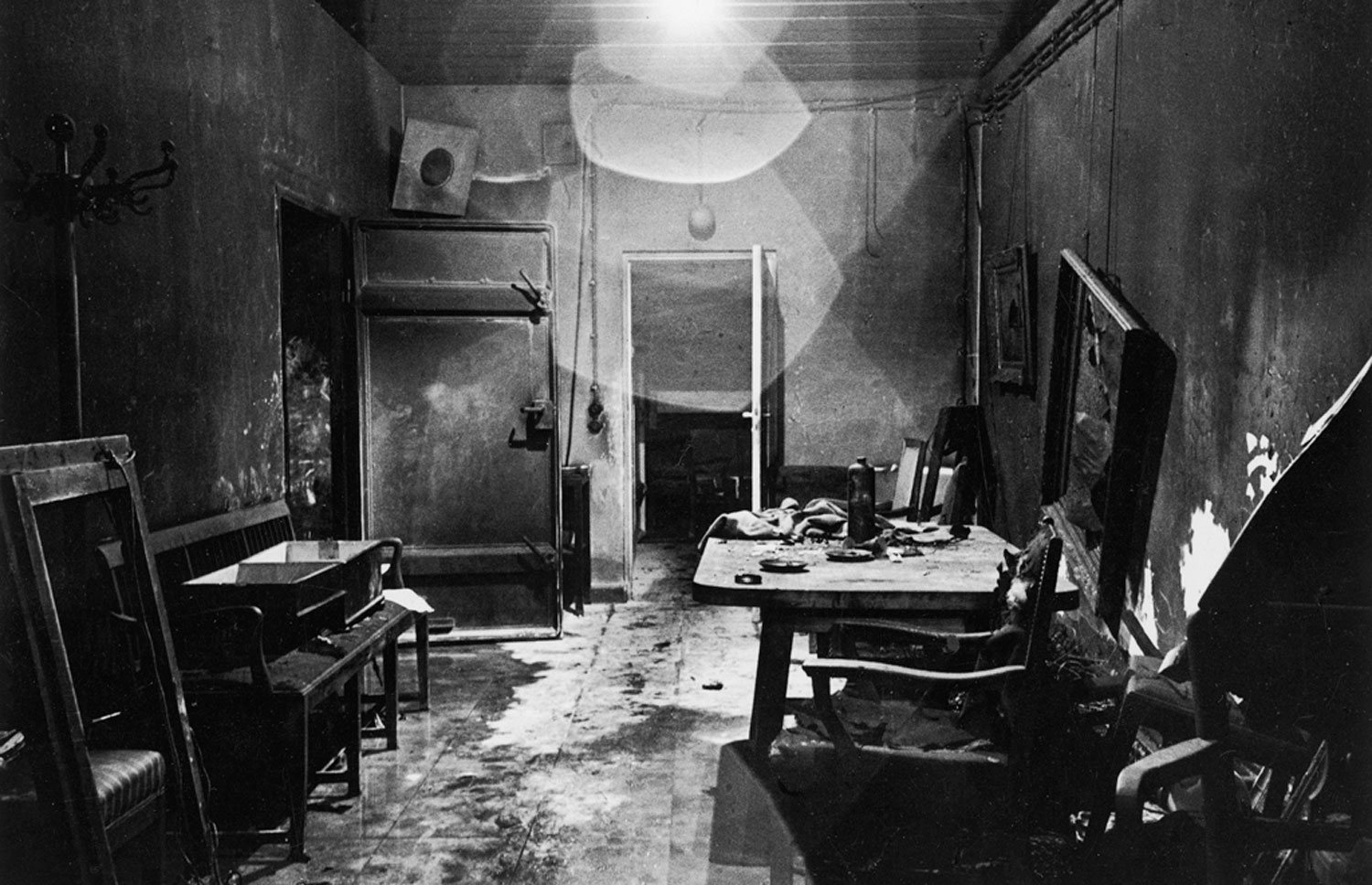
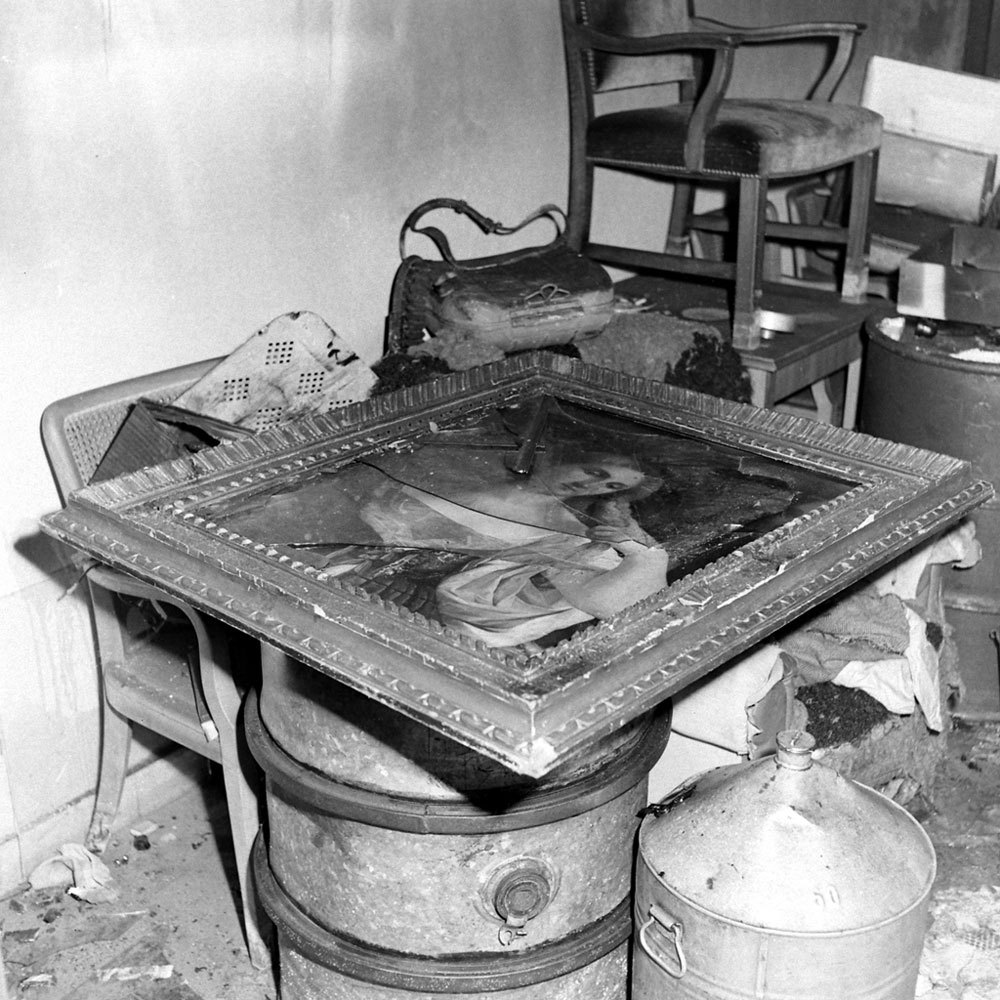
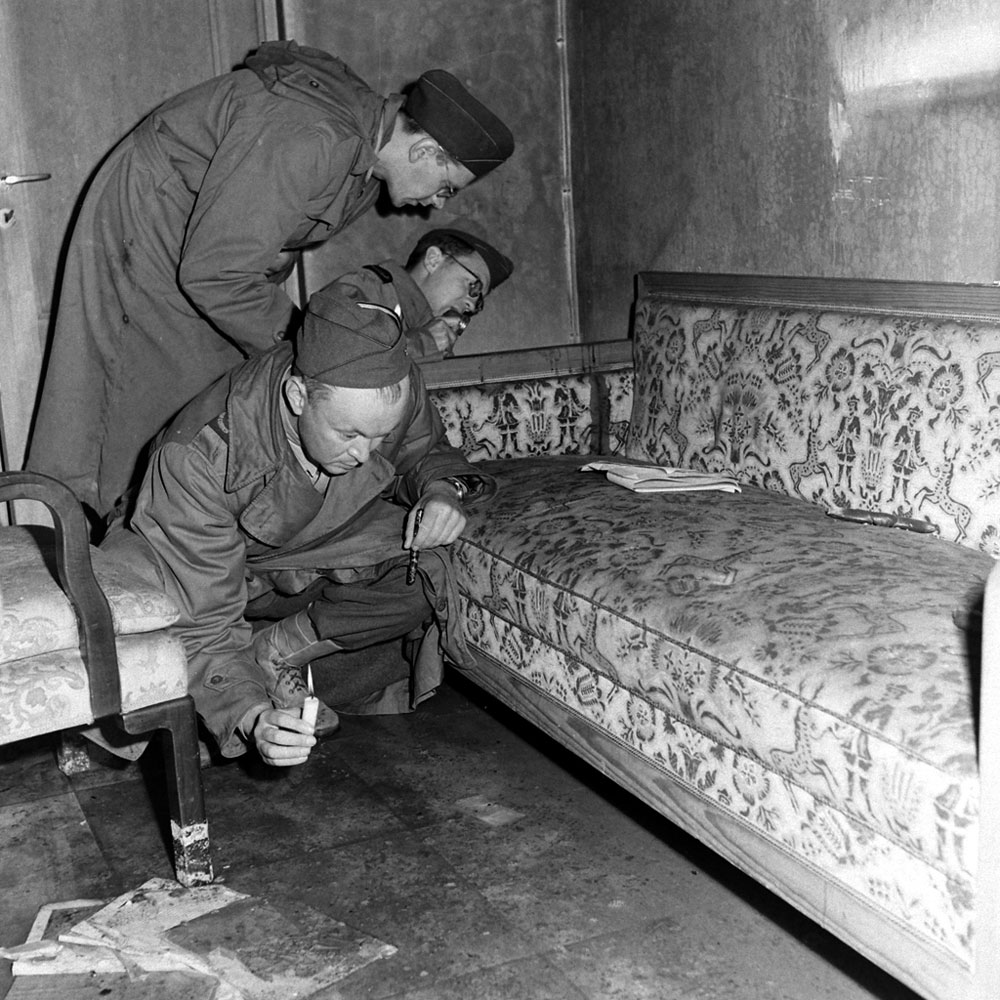



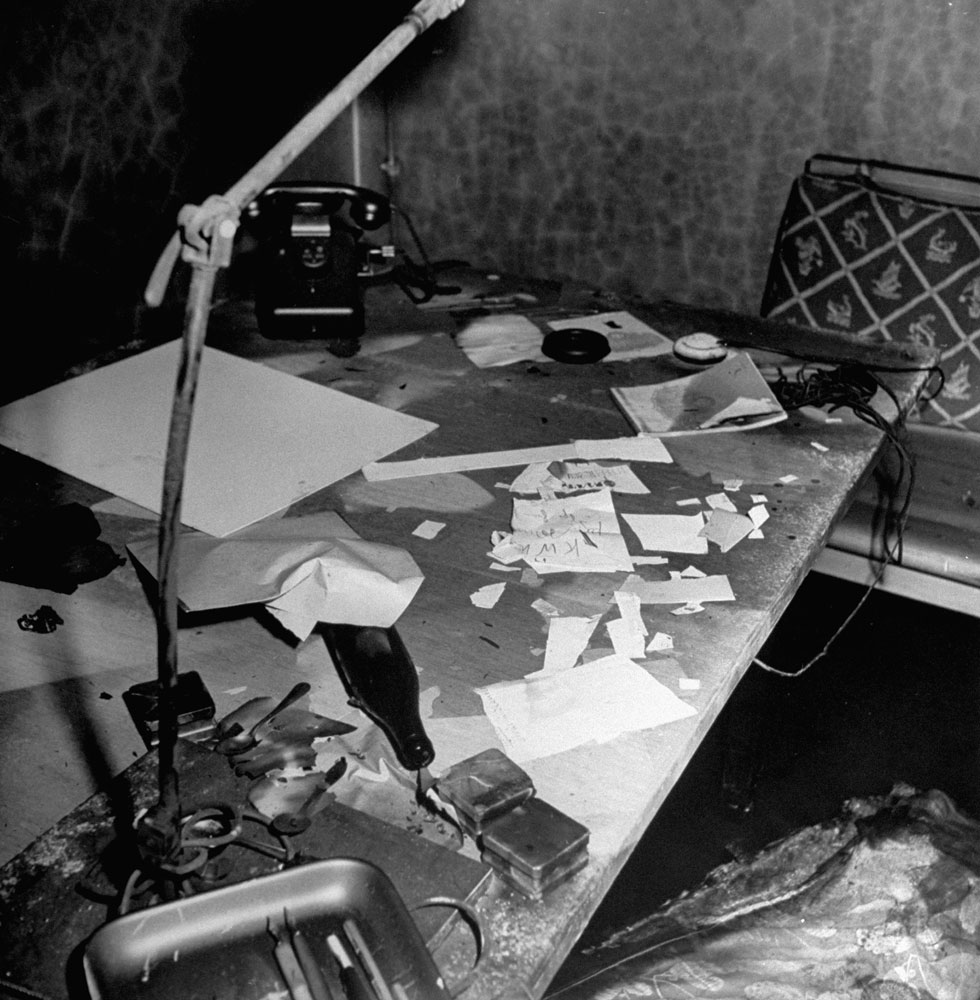
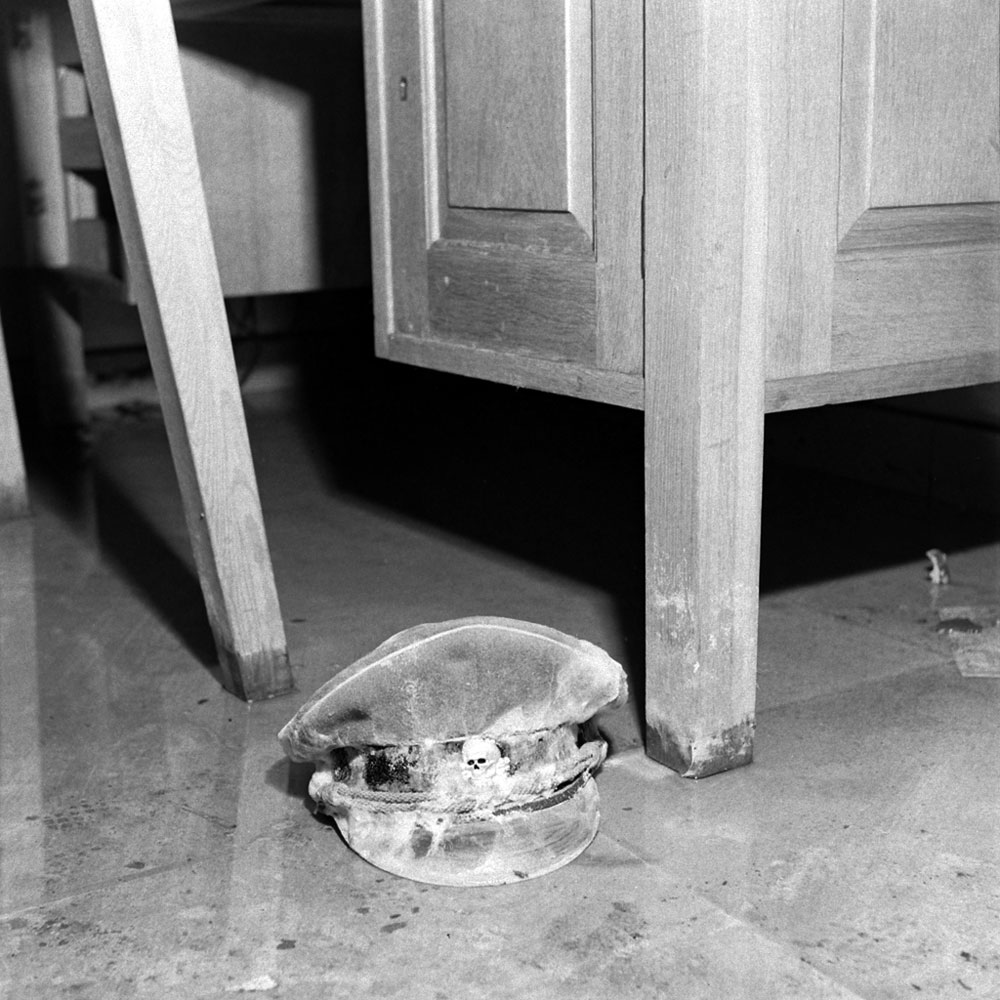

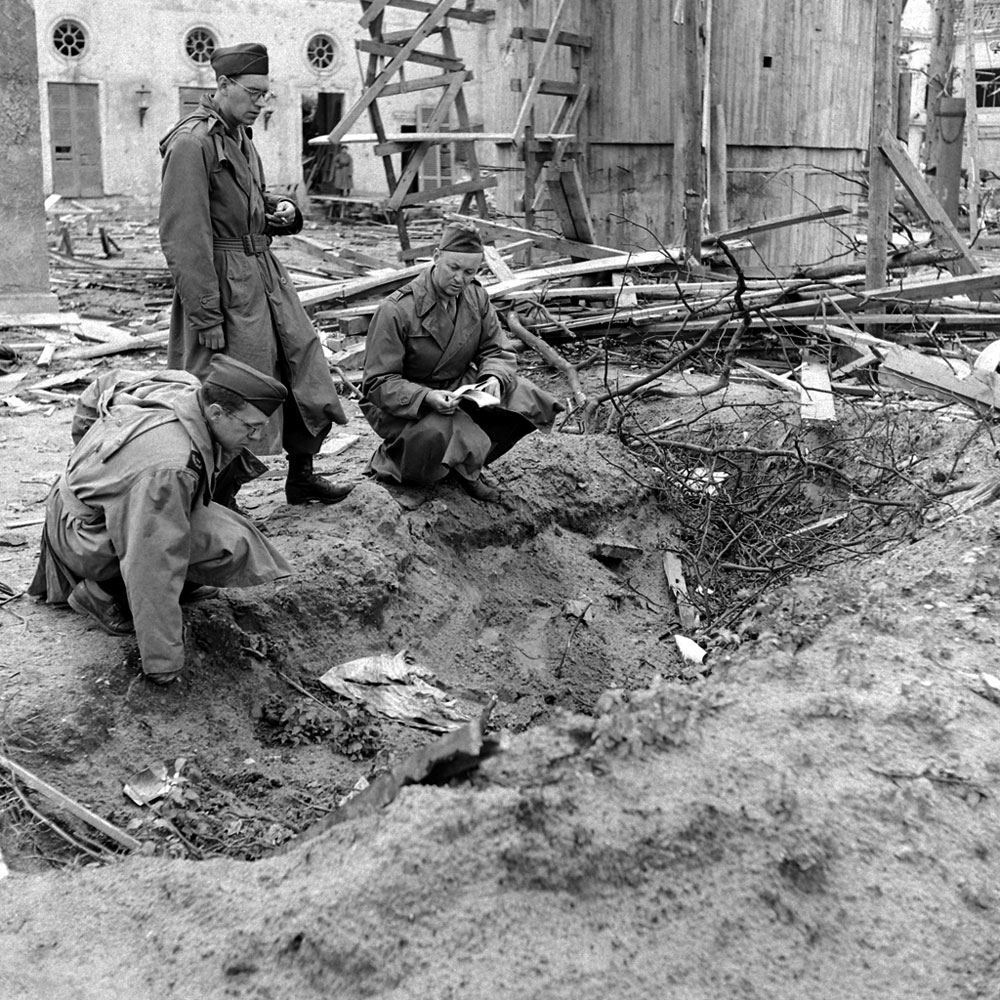
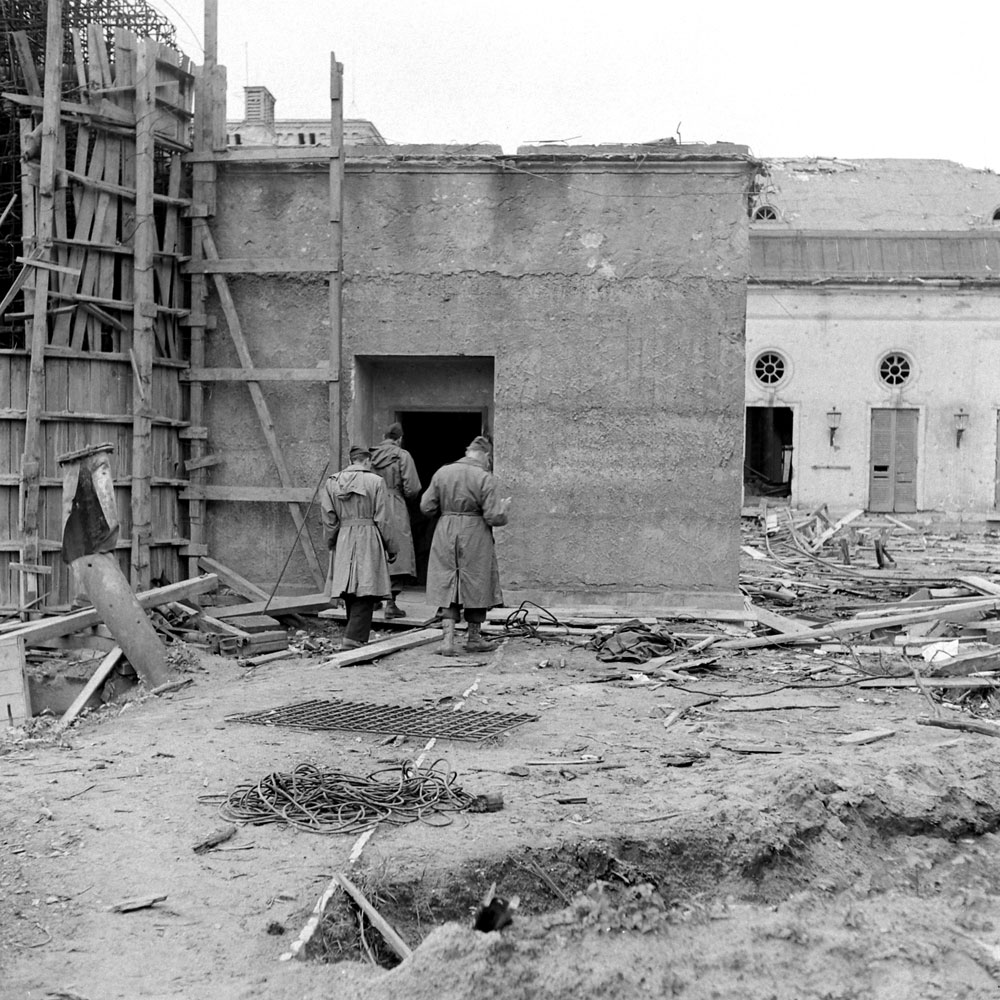
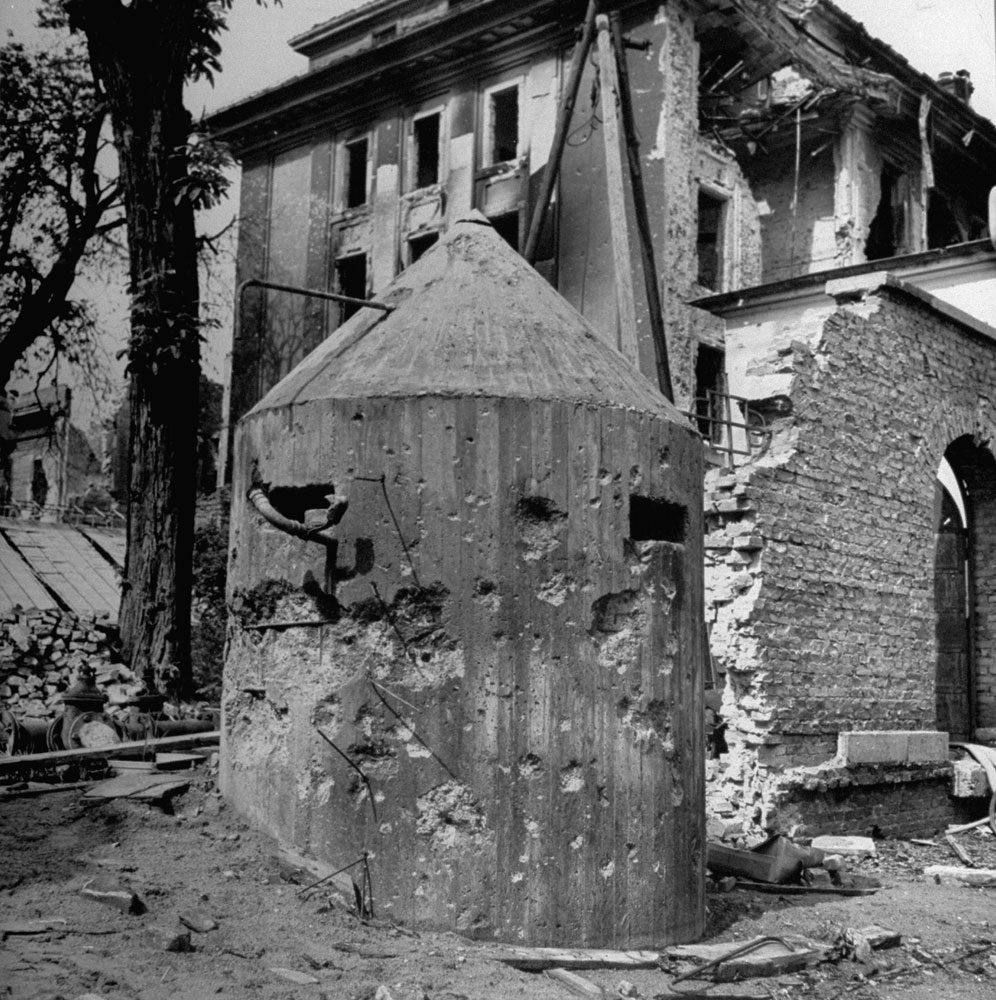

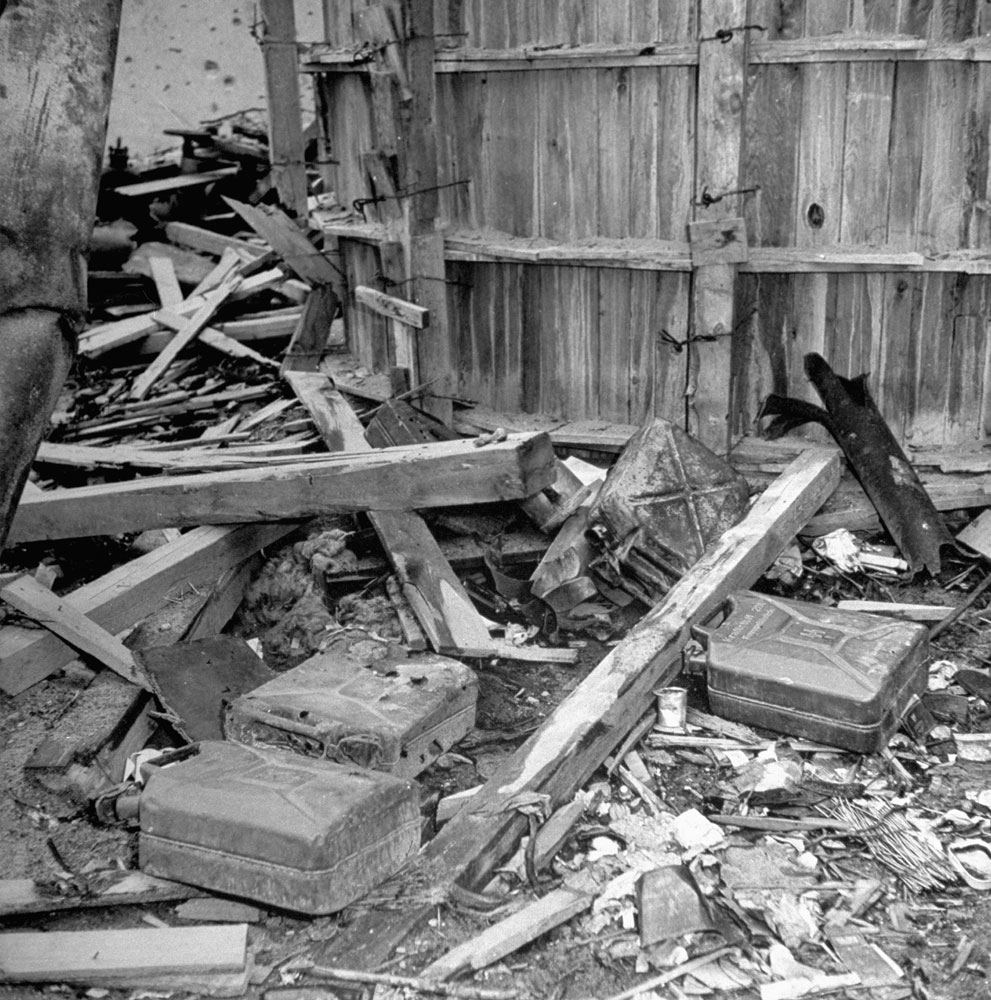
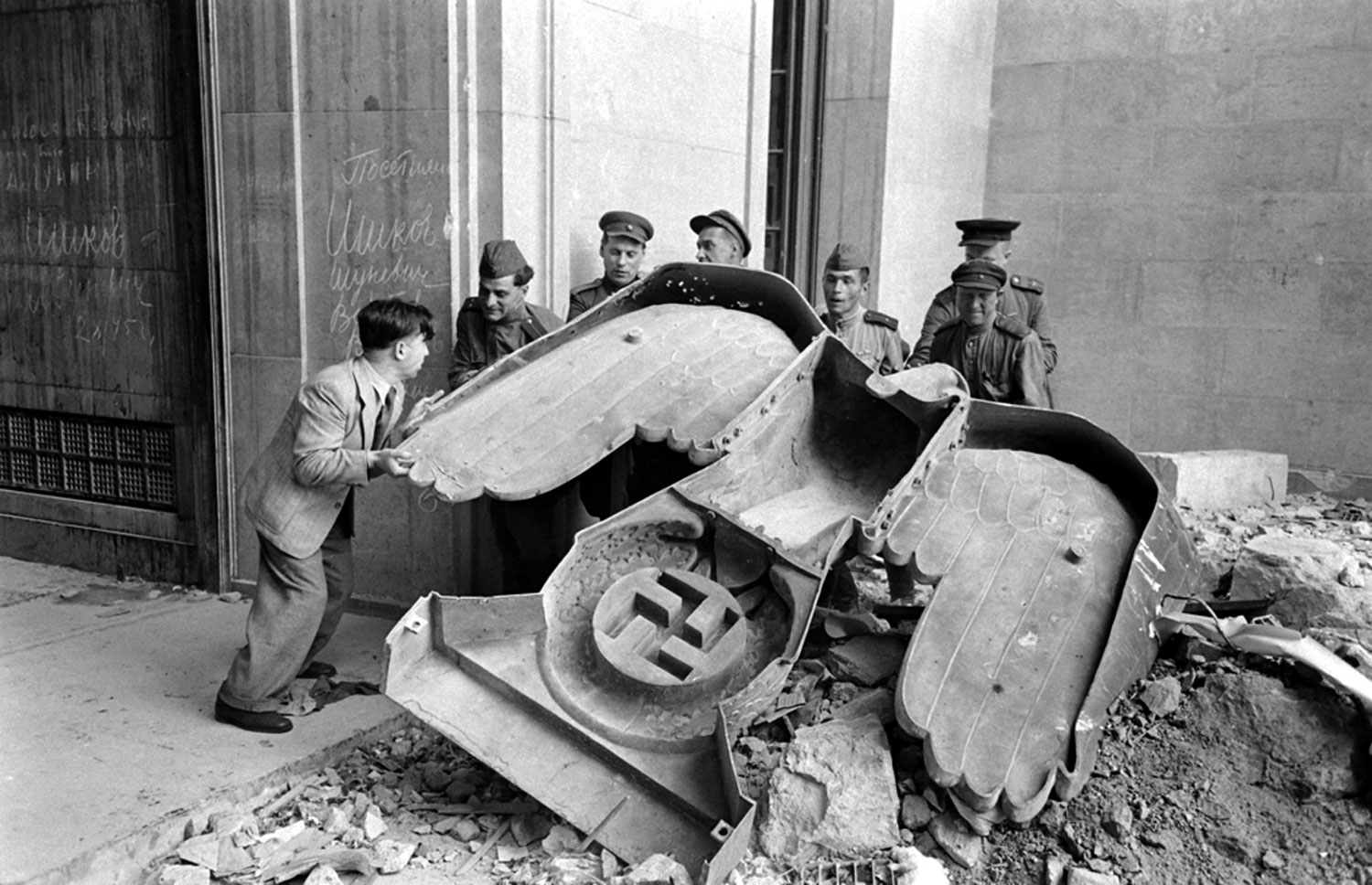

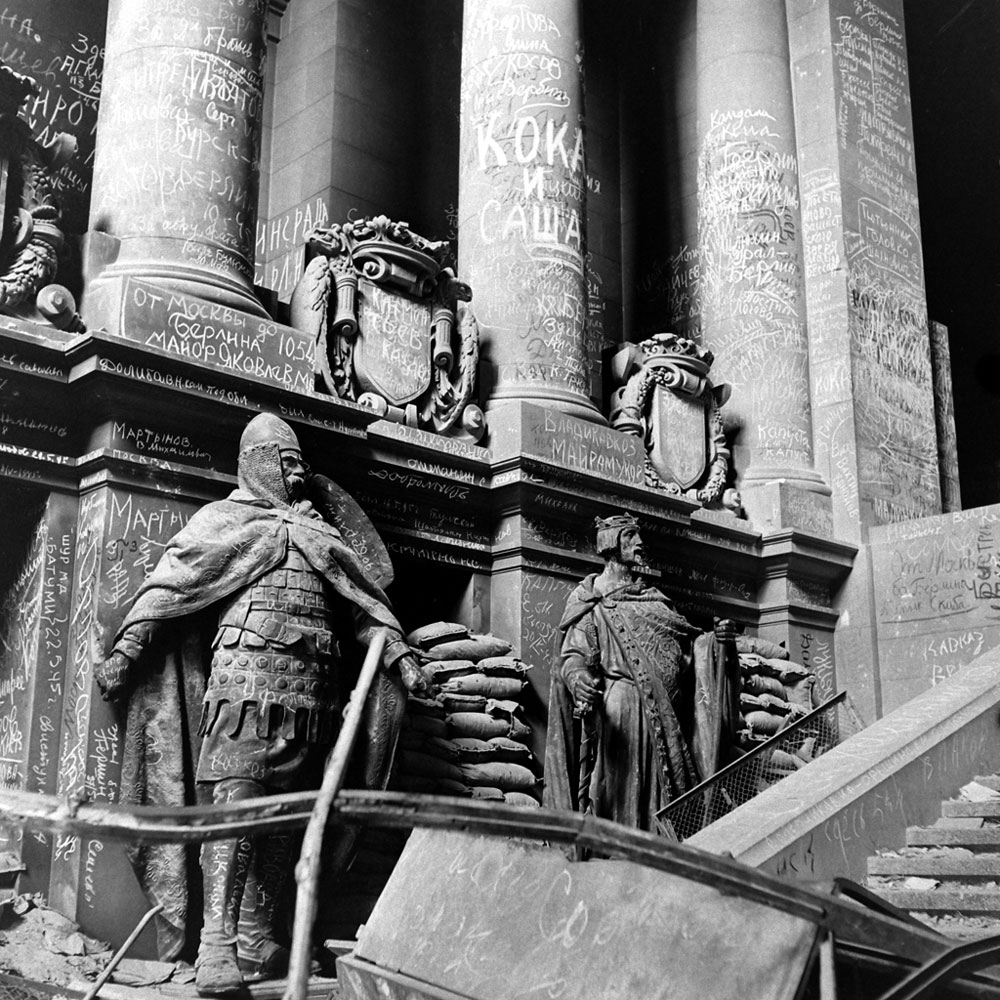
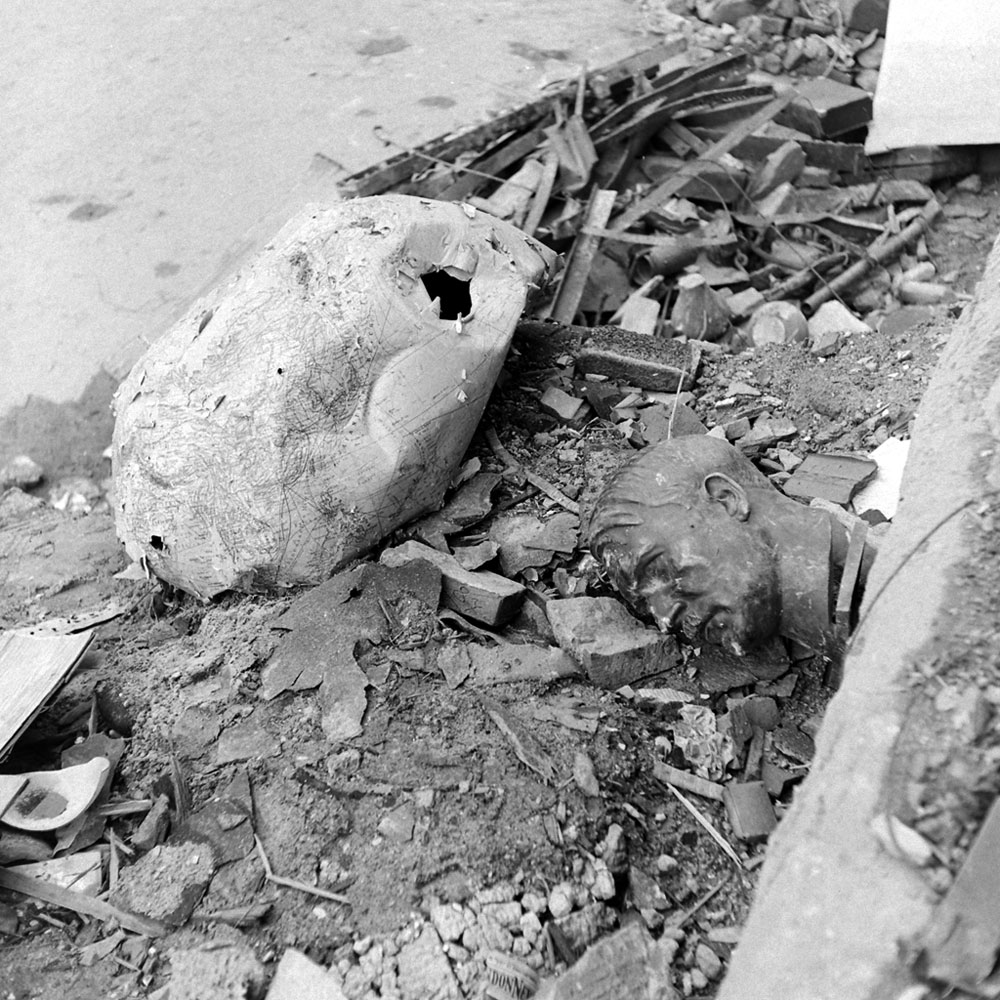

More Must-Reads from TIME
- Why Trump’s Message Worked on Latino Men
- What Trump’s Win Could Mean for Housing
- The 100 Must-Read Books of 2024
- Sleep Doctors Share the 1 Tip That’s Changed Their Lives
- Column: Let’s Bring Back Romance
- What It’s Like to Have Long COVID As a Kid
- FX’s Say Nothing Is the Must-Watch Political Thriller of 2024
- Merle Bombardieri Is Helping People Make the Baby Decision
Write to Lily Rothman at lily.rothman@time.com